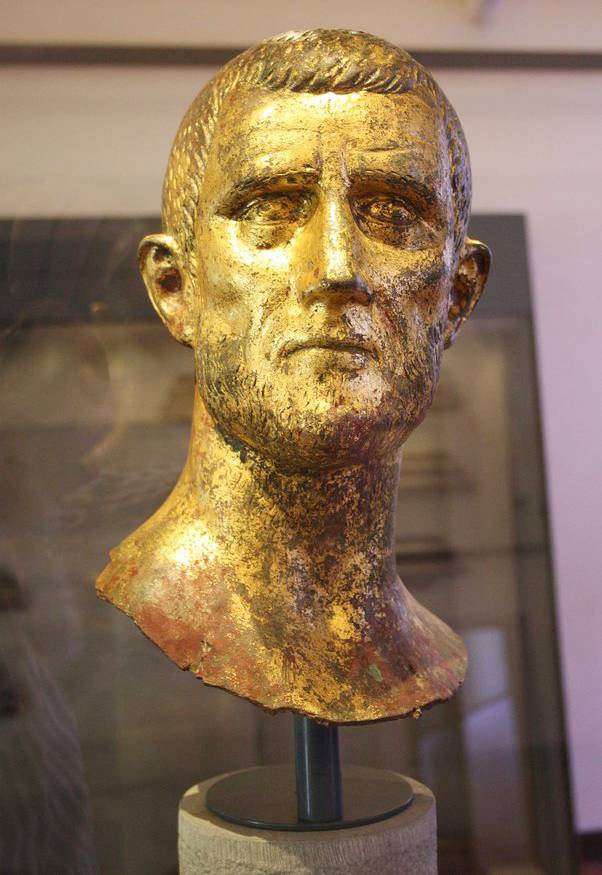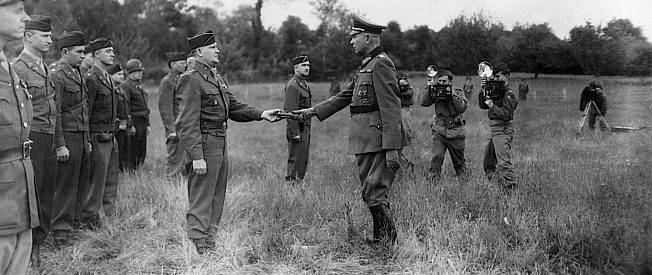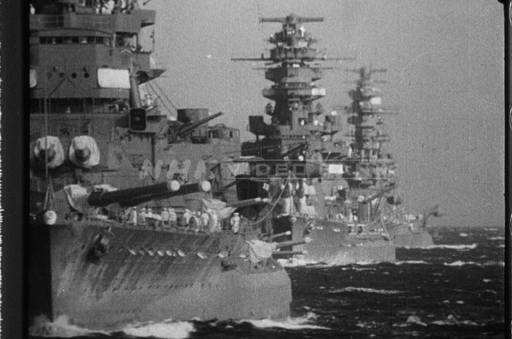

Why didn’t Rome fall completely during the crisis of the third century? The Crisis of the Third Century, also known as the Imperial Crisis, was a period of upheaval and instability in the Roman Empire spanning roughly from 235 to 284 AD. It was marked by a series of political, economic, and military challenges that threatened the very existence of the empire. Despite the severity of the crisis, Rome did not collapse completely due to a combination of factors:
Resilience of Roman Institutions:
The Roman Empire had a strong bureaucratic and administrative system in place, which helped it to weather the storm of the crisis. Despite the turmoil at the top levels of government, the empire continued to function at the local and regional levels.
Military Strength:
Despite facing numerous external threats and internal revolts, the Roman military remained a formidable force. The empire had a large and well-trained army that was able to repel invaders and maintain control over key territories.
Adaptability:
The Roman Empire was able to adapt to changing circumstances throughout its history, and the Crisis of the Third Century was no exception. Emperors such as Diocletian and Constantine implemented significant reforms to stabilize the empire, including restructuring the government, economy, and military.
Regional Autonomy:
During the crisis, regional autonomy increased as local governors and military commanders gained more power. This decentralized structure allowed certain parts of the empire to remain relatively stable even as others experienced chaos.
External Factors:
While the Crisis of the Third Century was a tumultuous time for the Roman Empire, it also faced external threats from various barbarian tribes and other powers. These external pressures sometimes served to unify the empire against a common enemy.
Cultural and Social Cohesion:
Despite the political and economic turmoil, the Roman Empire maintained a strong sense of cultural and social cohesion. Roman identity and citizenship continued to be highly valued, providing a unifying force during difficult times.
Overall, while the Crisis of the Third Century was a severe test for the Roman Empire, it ultimately survived due to a combination of resilience, adaptability, military strength, and cultural cohesion. However, the crisis did lead to significant changes in the structure and governance of the empire, setting the stage for the eventual fall of the Western Roman Empire in the 5th century AD.




